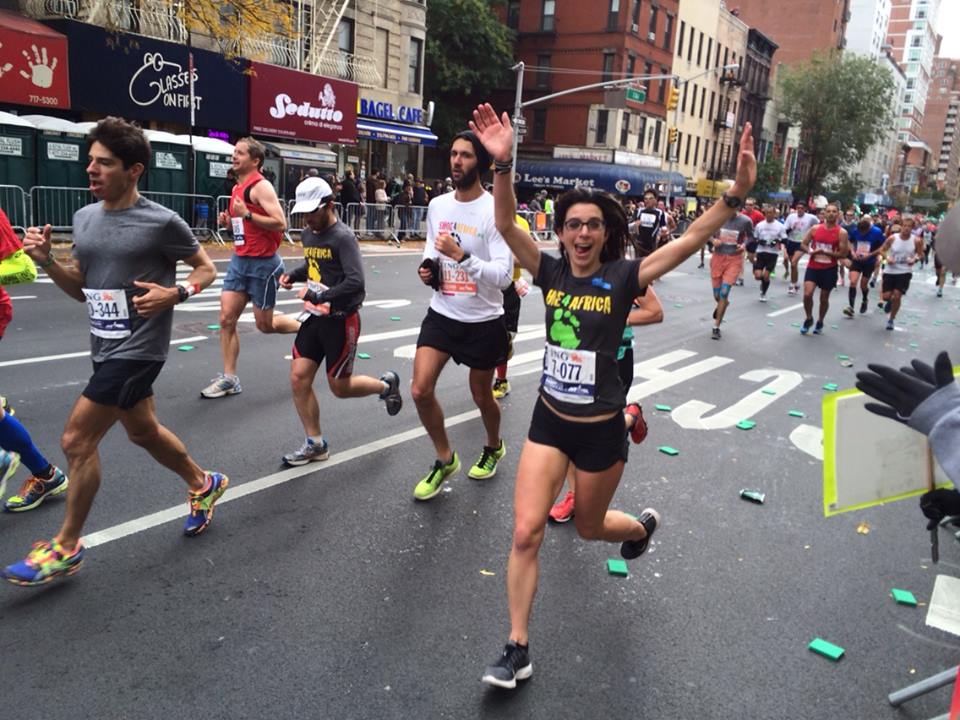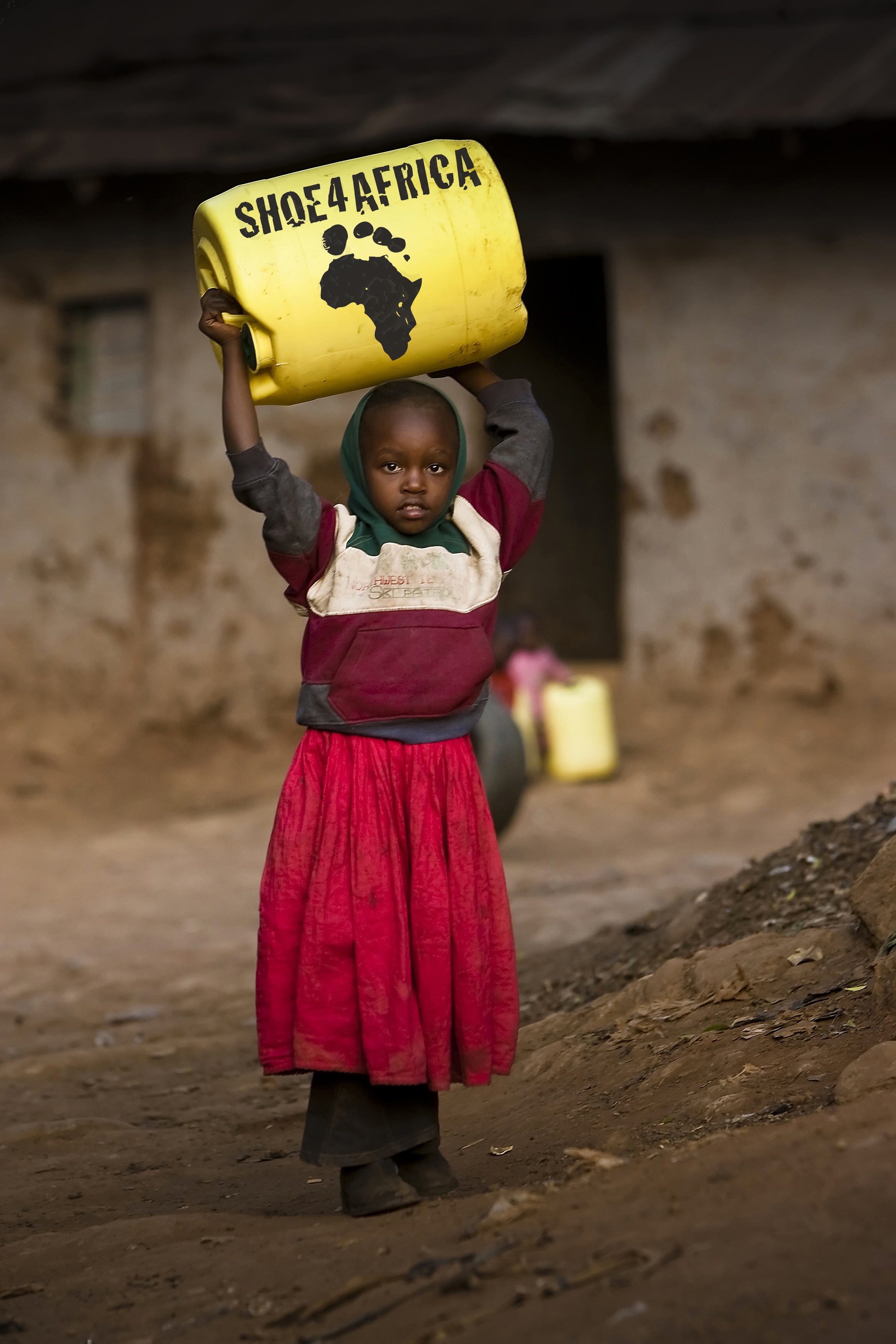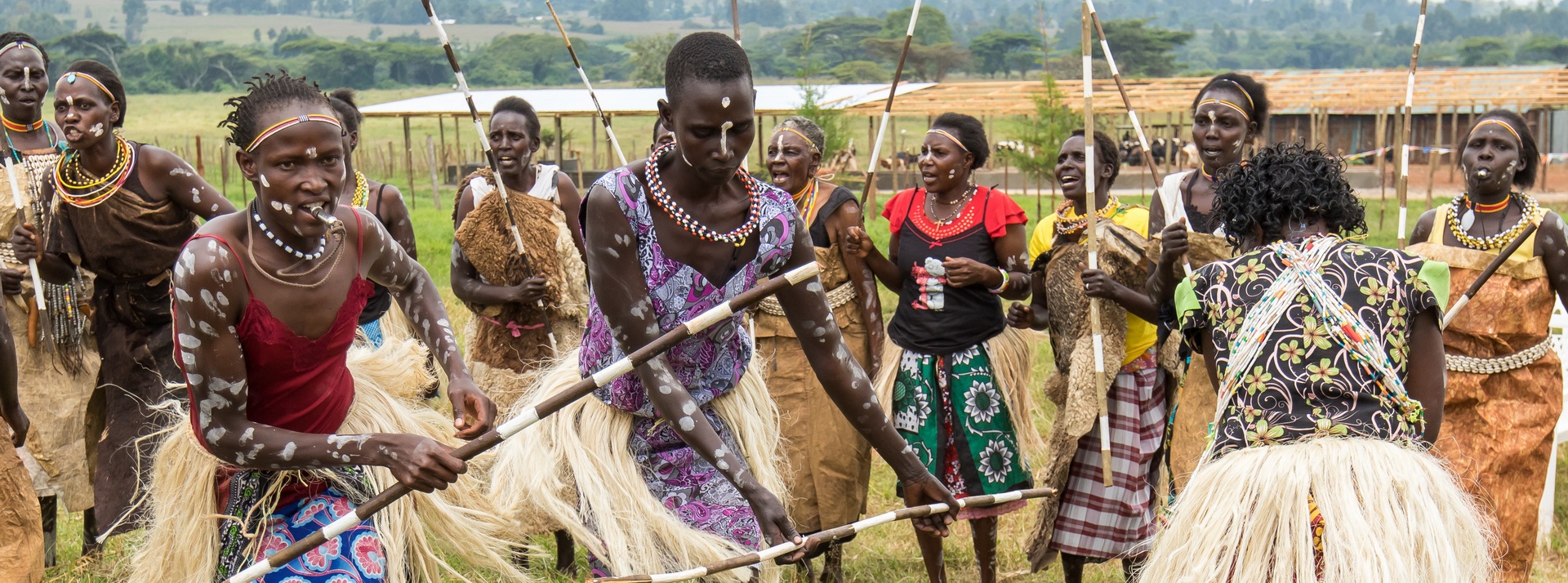Our Women’s empowerment group doing their ‘chicken dance’
Founded with a focus on fighting hookworm and HIV, Shoe4Africa has evolved into an influential small-scale nonprofit, operating with just one paid staff member—and yet accomplishing vast impact across Kenya and its neighbours.
Governance
NYC
Amy Zhen, joined Mar. 2021
Dave Siegel, Chairman. Joined Dec. 2013
Edina Lemo, September 2024
Jon Lang, joined Dec. 2015
Sherif Moussa, November 2019
Summer Lang, November 2019
Toby Tanser, CEO, Founder. ex officio
Zeynep Siegel, joined May 2015
Click to open up board bios
Founder’s story
Shoe4Africa Hospital board
Dr. J. C. Kibosia, former CEO Kenyatta National Hospital & Moi Referral Hospital.
Dr. W. Aruasa, former CEO, Moi Teaching and Referral Hospital.
Toby Tanser, CEO & Founder of Shoe4Africa.
Chelimo Saina, Women’s Community Representative.
Eng. Atogo Odhiambo, MTRH/S4A Hospital Engineer.
Mission, and Vision Statements
-
SHOE4AFRICA: The Architecture of Lasting Change — Building Hospitals, Health, Schools, Empowerment, and Nutrition.
-
Vision: Ensuring every child receives basic healthcare and quality education, empowering dignity and opportunity across the continent.
In Summary
Shoe4Africa is a nimble, high-impact nonprofit that—despite its minimal staff—has delivered monumental change in Kenya and beyond by integrating healthcare, education, empowerment, nutrition, and sports. Their success lies in strategic partnerships, local engagement, wonderful donors and supporters, and a holistic mission that champions dignity and opportunity for East African children and families.
What began as a mission to combat hookworm and HIV has transformed into something far greater. The Kenyan National Television has recognized Shoe4Africa as “The Changemakers in Kenya,” and for good reason. From humble beginnings—we still operate with just one paid staff member—Shoe4Africa has achieved extraordinary milestones. To date (May 2025), we have built East and Central Africa’s first public children’s hospital, which has treated over 1.3 million children. Beyond healthcare, we’ve established six free-to-attend schools, a thriving Boys and Girls Club, and generated hundreds of jobs, all while distributing over 8 million meals to those in need. A women’s empowerment and a girls empowerment project are other gems in the Shoe4Africa portfolio.
But our mission is far from complete. By 2026, we are on track to have completed The Shoe4Africa Children’s Health Village, a revolutionary facility poised to treat more children in one center than any other on the continent, public or private (and of course, we remain a public facility).
As a nonprofit with a single employee backed by the organization, we take pride in arguably doing more for African children’s health and well-being than any other small nonprofit organization on the continent.
Some of our highlights over the years
December 1995 – the project starts in Kenya, giving shoes to athletes to help them ‘help themselves’. Runners such as Sammy Korir and Simon Biwott soon distinguish themselves internationally.
Spring 1996 – Seeing a need to address Hookworm, a health component is added to the program. The handouts expand to Tanzania, and beyond.
1998 – athletes we support in training camps in Kenya start to win global medals.
Jan 2000 – After a harrowing attack on the founder, where he loses a shoe, whilst battling to save his life the project gets a name; Shoe4Africa.
Jan 2001 – Shoes are sent to an unknown schoolboy in Tanzania, who a few years later becomes a world champion. Three future commonwealth games champions are also receiving shoes.
2002-2004 – shoe drops in Tanzania are built around community races for girls. Several prominent Tanzanian athletes get involved in the project, as has been the pattern in Kenya.
Dec 2005 – Instead of just sponsoring shoe drops, the org starts holding races to support AIDS awareness. Many athletes use these races to become ‘discovered’ like an unknown girl called Mary Keitany, who would become a world champion and the women’s marathon record holder.
Jan 2006 – Shoe4Africa becomes an officially registered 501 C3 US charity. Fashion designer Narcisco Rodriguez and ‘ER’s Mark Greene’ attend our opening party with other NYC icons and sports names. We hold Shoe4Africa women’s only races in Kenya, Tanzania, and Morocco promoting AIDS awareness and women’s empowerment. Shoes are sent around the world. A school scholarship fund is started, supporting needy children. Wrote and published the first ever AIDS awareness brochures in the local rift valley Kalenjin language. Had 925-ladies at our our AIDS testing clinic, in an area where Western Agencies had failed to reach numbers in double digits. It is a quite a launch.
2007 – Cristiano Ronaldo becomes an ambassador, as does Sammy Wanjiru who would become the Olympic men’s marathon champion the following year. Anthony ‘Goose’ Edwards becomes the charity’s chairman. Races around Africa continue, focusing on AIDS awareness.
2008 – Shoe4Africa announces that it will build East & Central Africa’s 1st Public Children’s Hospital. At this time there is only one public children’s hospital in Sub Saharan Africa, down in Cape Town. To better illustrate the need, Nelson Mandela has also announced he wished for his legacy to have a Children’s Hospital, in Johannesburg.
The organization galvanizes hundreds of Kenyan superstar athletes and holds a series of high profiled peace races, featured on CNN, the largest being a 5,000 women-strong run inside the Kibera Slums. The press calls this the largest gathering of ladies only in the history of the slums. Natalie Portman becomes an ambassador and the charity, after posting Natalie in her Shoe4Africa T-shirt, gets its first website crash! Ronaldo donates his prize money for winning the World’s best football player. Started a women’s football team made up of Kibera slum dwellers in Nairobi.
2009 – Shoe4Africa announces it will build public schools to address a struggling educational system in Kenya. Hundreds of Flipcams handed to ladies in the slums allowing theme to tell their side of the story.
2010 – With no staff, paid or otherwise, and all donations going 100% to the hospital fund the charge to raise the necessary money is a worry; a fundraising run, from the African Coast to the top of Kilimanjaro, quickly injects a good amount of capital! The first Shoe4Africa school is opened.
2011 – Hugh Jackman runs his first half marathon for Shoe4Africa, and endorses the charity. Actors Tom Cavanaugh, James Legros, and Anthony Edwards also run. The second Shoe4Africa school is opened.
2012 – Shoe4Africa is featured again on CNN, this time with Sanjay Gupta. In our third year of Make-up Make-overs, where we give make up kits, teach beauty lessons inside the Kibera slums, Victoria Secrets Model Ajuma joins us, and IMAN cosmetics donates the merchandise. T-Mobile sponsors our NYC 5km and our board member, John Legere, CEO of T-Mobile, almost wins the race. Pepsico announce a three year sponsorship of Shoe4Africa.
2013 – Groundbreaking takes place and the first foundation stone is lain on August 21st. The third school is opened. As with our earlier schools we hand out donated laptops from the Soros team in New York. Shoe4Africa also builds classrooms and toilets at non-Shoe4Africa schools. We run albino programs supplying critical UV/UVA eye care and UV clothing to an Albino school in Kenya.
2014 – The fourth Shoe4Africa school is opened. Whilst the hospital takes precedence the charity runs ancillary programs, like its annual Maruge peace days honoring the world’s oldest schoolboy, Kimani Maruge. Our avocado and beans agri-program is launched, supported economically disadvantaged single mothers. We do a massive free e-reader program, handing out Nooks to kids who have never owned a book. Each Nook is loaded with 300 books! Our first students have now begun to graduate universities, for example, Boniface Kipkosgei, graduating as a A- student was our first, with a degree in Aerospace engineering.
2015 – East & Central Africa’s 1st public children’s hospital is opened on August 12th, and gifted to the Kenyan people. Immediately, 60 patients move in! It is the tenth anniversary of the women’s empowerment free races where thousands of running shoes, T shirts, prize money and AIDS awareness help has been given out to thousands of ladies. It’s our 20th anniversary, hundreds of jobs have been created for locals, after 19-years, Shoe4Africa hires its first ever employee to run the foundation. To this day the foundation staff remains at one person. Eliud Kipchoge, who had just started a career as a marathoner, comes as our chief guest to the Christmas part becoming our first hospital ambassador.
2016 – The Eat & Run Kitchens open to feed the hospital. Very soon making 1,650 meals each day, over 600,000 per year! Our new dairy college empowerment center in Cherangani opens to empower ladies, who have been subjected to domestic violence. At the New York City Marathon the four invited Kenyan female elite athletes state that they all ran in Shoe4Africa development races as youngsters. Moi University Medical school now have over 30-students studying at our hospital to become East Africa’s next medics. our hospital gets a brand new, state of the art, fully fitted ambulance.
2017 – Two outdoor playrooms are added to ease congestion. We open two operating theaters inside the hospital. We celebrate hundreds, if not thousands of jobs have been created for Africans by Shoe4Africa!
2018 – The fifth Shoe4Africa school is opened. Each school honors a local hero; this one for the world record holder, Mary Keitany. Later in the year Mary opens the basketball court at the hospital. By the end of the year, 283,000 in and out patients have been treated at this facility, and over 1,600 kids daily go to Shoe4Africa schools.
2019 – Eliud Kipchoge opens the new astro-turf soccer pitch at the hospital for all weather sports rehab. The superstar has visited the hospital each year, since opening, as our Hospital Ambassador. The 300,000th patient milestone is passed in February. The Kuunga Mkono classrooms, two, are opened at the hospital for long stay patients and have the endorsement of the Ministry of health allowing year end exams to be taken here. Patients from as far as Burundi, Tanzania, Uganda, Southern Sudan, Rwanda, and Uganda have visited the hospital. Although the hospital has 157-beds there are always more than 200-in patients each day, so more beds are added to crowded wards to address the numbers. Our kitchens go over 1.5 million meals!
2020 – Shoe4Africa plans to ground break on the new Shoe4Africa Juli Anne Perry Children’s Cancer Hospital to address the travesty that 9/10 kids diagnosed with cancers are dying in East & Central Africa. The Sidekick foundation pledges to build a Children’s 50-bed burns unit on site. This promises to make the Shoe4Africa campus the biggest center in Africa for treating the sick child.
2021 – Over 750,000 kids have been treated since opening in 2015. Our wards are full. The new cancer hospital is truly needed. December 24th is the date set for the groundbreaking. Our 6th school, All4Running, opens in Nandi County.
2022 – Work begins as we start building our first ever young girls empowerment club – think of a Boys & Girls American type club but focusing on girls aged six to sixteen. In December, we passed the millionth patient treated at our hospital since 2015. Four of the six four World Major Marathon winners come to celebrate with the kids, and they donate a new trampoline! Also, 5,629,000 meals have been provided over the years to hungry mouths since 2015, and a total of17,200 kids taught at our schools.
2023 – The need for a consultants house for the Shoe4Africa Hospital means we will construct a building to service the 20+ consultants who work at our hospital. The Boys & Girls Club opens its doors in Iten.
2024 – The Cancer hospital starts construction on the 7th of January. Shoe4Africa also chairs the construction implementation team of a Burns Unit in Eldoret, Kenya. Construction starts on a Boys Dorms at the Mary Keitany Shoe4Africa Secondary School, and the above Consultants House begins construction. An ambitious feeding program concept is launched aiming to feed 1,000 kids each morning in 2025 as Shoe4Africa launches the construction of the ‘Mushroom House’ and the ‘Porridge Club.’
2025 – The Porridge Club is completed, a Community Hen House is built. Construction continues at the Consultants House & Cancer Hospital. The Shoe4Africa Idella Rome Consultants House is opened.
Where our projects are:

Our Project Makers Are Our Heroes – Thank You!
There are tons of ways you can get involved with our projects, from holding a lemonade stand (thanks Miss Sharp), to a basketball tourney (thanks Alex Sweeney), to running with us (thanks Team Shoe4Africa!), to playing tennis with us (thanks Zee), to a simple $10 donation (that’s three school books!), to knitting teddy bears for patients (thanks Loredana)… and the more You, the kind donors, have made Shoe4Africa happen… and with you we can make miracles happen.

Melina Terranova who has ran, and fundraised, for Shoe4Africa a whopping 13 times in the NYC marathon; thank you!



